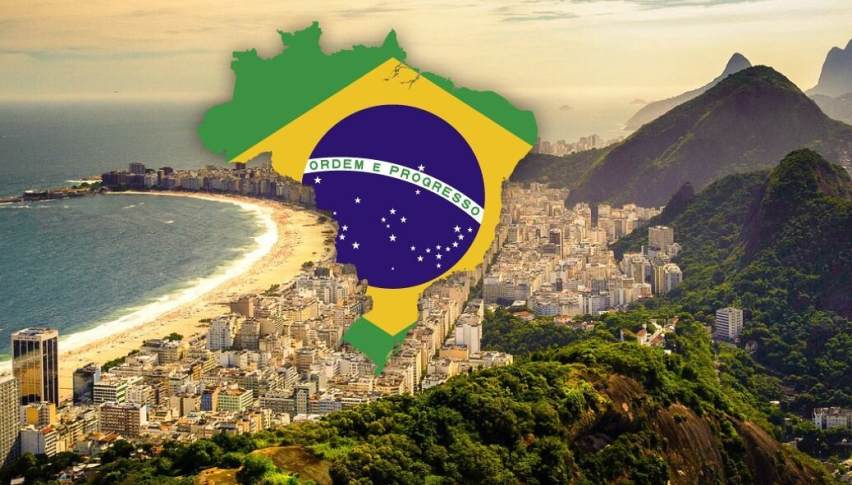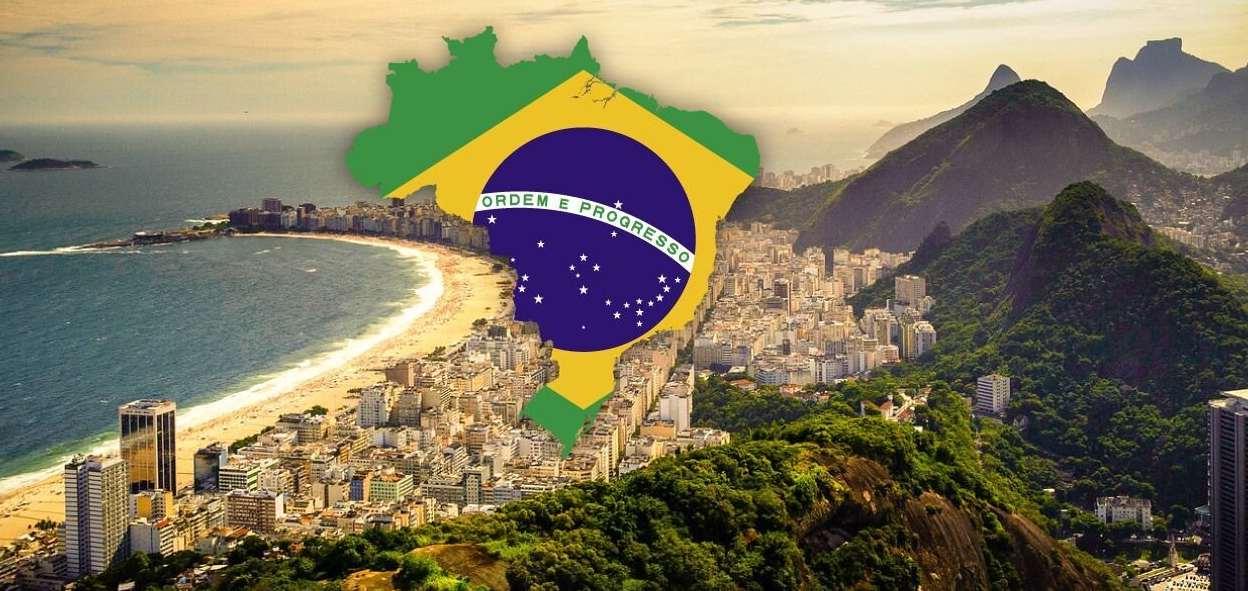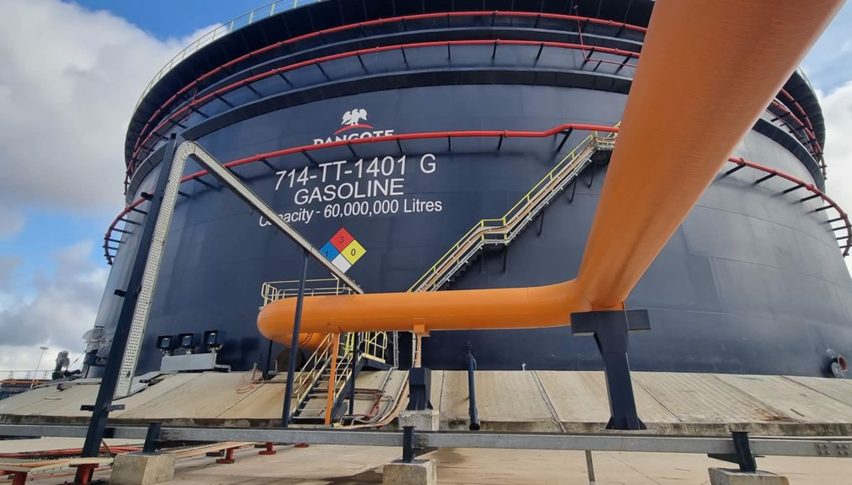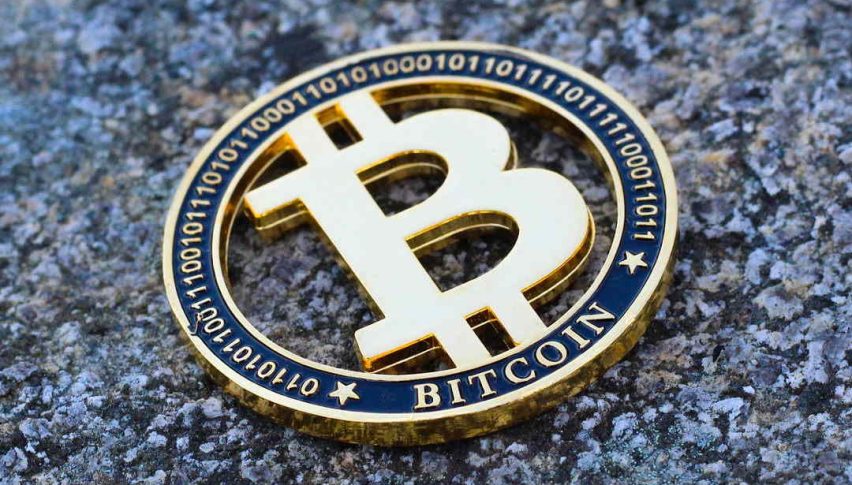Brazil: The economy grew by 3% in 2023
Brazil's growth appears high, but it is heavily influenced by agriculture. Other sectors? Not so sharp.

Brazil: The economy grew by 3% in 2023

The Brazilian economy grew by 3.0% in 2023, following increases of 0.6% from December to November and 0.1% from the fourth quarter to the third quarter, considering seasonally adjusted data, as reported by the Brazilian Institute of Economics at the Getulio Vargas Foundation (FGV Ibre) in its GDP Monitor.
However, if we take a closer look at these figures, we can clearly see more than one reality.
The agriculture sector played a crucial role in the performance of Brazil’s GDP in 2023. Approximately 30% of the 3.0% economic growth was directly attributed to this sector, particularly due to the performance of soybeans in the Centro-Sul region of the country.
This context highlights a significant sectoral and regional concentration, indicating that economic growth was not evenly felt across the country.
In marginal terms, the economy grew by only 0.1% in the fourth quarter compared to the third. Despite showing a clear trend of deceleration in this comparison, the result demonstrates the resilience of the economy despite the vulnerabilities of annual growth concentrated and heavily influenced by commodities.
In the monthly analysis, the GDP showed a growth of 0.6% in December compared to November. In the year-over-year comparison, the GDP result for December showed a growth of 2.1%.
Based on this result, the per capita GDP for 2023 amounted to R$ 52,611. Although it has been increasing since 2021, it still remains below the levels observed in 2013 and 2014.
Exports of goods and services grew by 9.5% in 2023. Almost all segments contributed positively to this performance, with the exception of intermediate goods. The FGV highlights the exportation of agricultural products, which grew by 25.3% during the year.
Over the past decade, the Brazilian economy has navigated through a tumultuous journey marked by contrasting phases of growth and downturns. At the onset of the decade, Brazil exhibited robust economic expansion fueled by favorable global commodity prices, domestic consumption, and government stimulus measures.
However, by the mid-decade, the country faced formidable challenges including a global economic slowdown, plummeting commodity prices, political instability, and fiscal mismanagement. These factors collectively triggered a severe recession in 2015 and 2016, characterized by soaring inflation, escalating unemployment rates, and a sharp contraction in GDP.
Despite subsequent recovery efforts in 2021 and 2022, structural obstacles such as income inequality, corruption, and infrastructure deficiencies persist, underscoring the need for sustained structural reforms and policy stability to foster inclusive and sustainable economic growth in Brazil.
- Check out our free forex signals
- Follow the top economic events on FX Leaders economic calendar
- Trade better, discover more Forex Trading Strategies
- Open a FREE Trading Account


